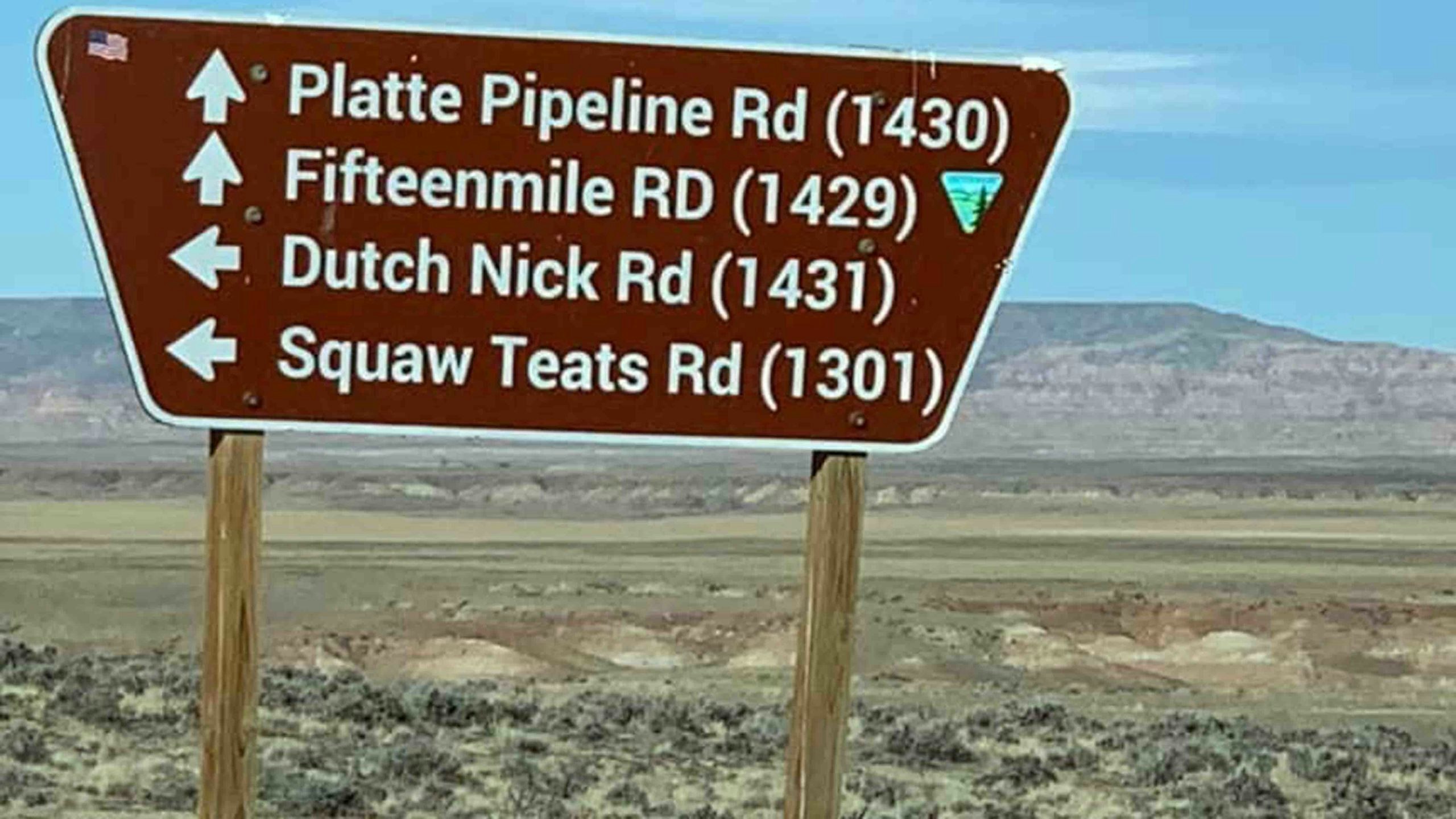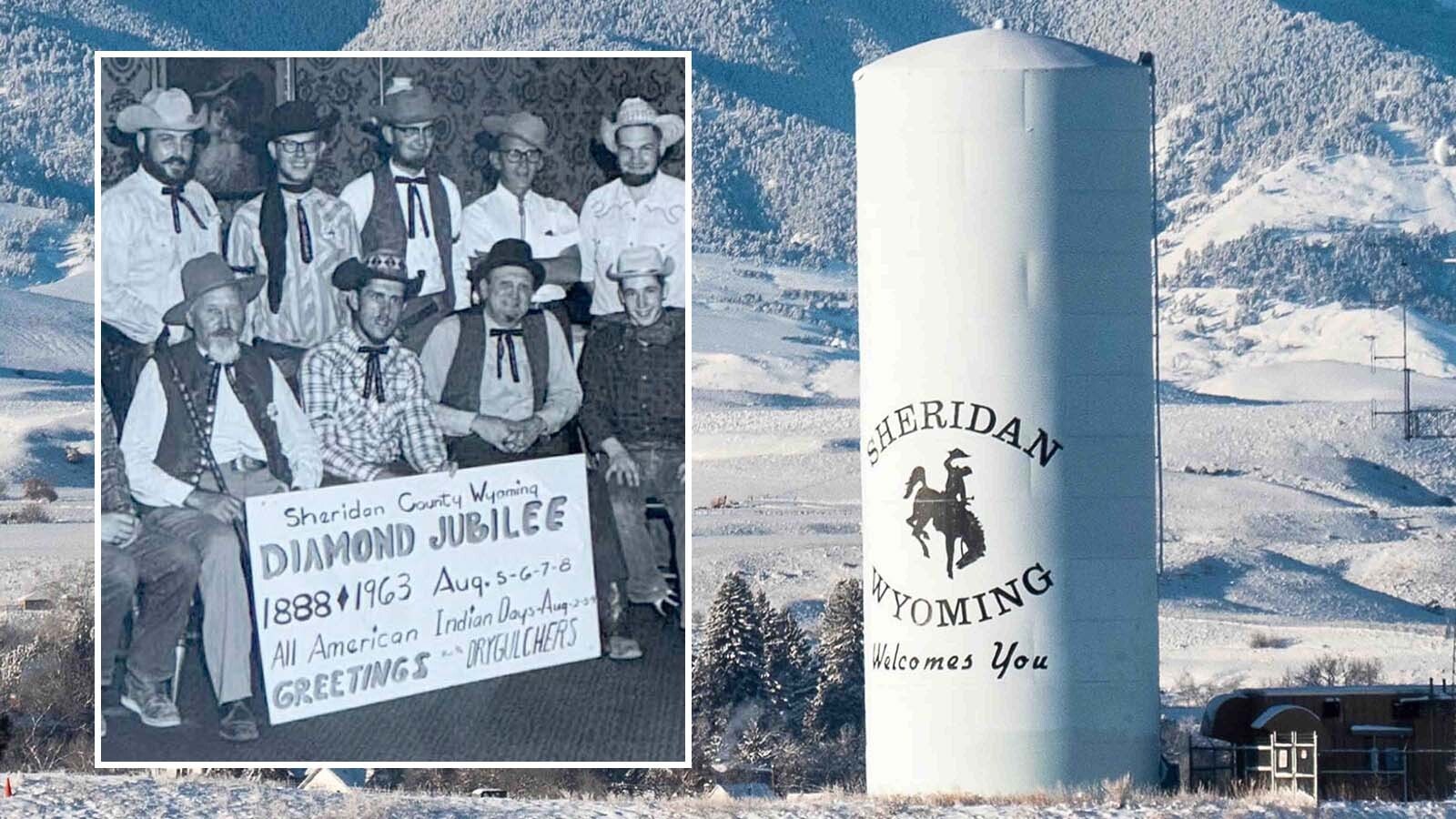Members of the state group that makes recommendations on the naming of geographic features in Wyoming are expressing frustration over federal plans to eliminate the word “squaw” from locations across the country.
Members of the Wyoming Board of Geographic names, during their meeting Wednesday, said they wished they had been given a chance to offer input on the plan of Interior Secretary Deb Haaland to eliminate the word “squaw” from geologic feature names across the country.
The board also used its meeting Tuesday to vote against a proposal to name a Cody mountain after artist Jackson Pollock.
The discussion about the word “squaw” stems from a “secretarial order” issued in November by Haaland to remove the word from the names of some 660 features nationally, including 43 in 17 Wyoming counties.
A final decision on the proposal is to be made by the U.S. Board of Geographic Names in September.
The decision will be made without input from the Wyoming Board of Geographic Names because of a special process established by Haaland, said Jennifer Runyon, a geographer with the U.S. Geological Survey and advisor to the U.S. Board of Geographic Names.
“I guess the secretary thought that was particularly OK,” she said during the meeting.
The only way for Wyoming to offer input on the proposal would have been to submit public comment and the time period for submitting comment has already ended.
Geographic naming boards from Washington and Colorado did respond through this process, Runyon said.
Of the 6,650 public comments received, Runyon said about 4,000 were in support of the idea of changing the names of features whose names currently contain the word “squaw,” which Haaland declared derogatory to Native American women.
Although no member of the Wyoming board supported the change during the Wednesday meeting, some members have done so in the past.
Board Vice Chair Jack Studley said he does not believe the term is derogatory, based on his research.
“It very clearly states it stood for female or younger woman,” he said.
Studley also speculated that if the word “squaw” is in fact offensive, the word “peninsula” could also be deemed so because of its similarity to the word for male genitalia.
Runyon mentioned that there is pending legislation addressing the use of the word “squaw” in geographic landmarks, and Studley said the new law might pre-empt Haaland’s order. Runyon said this is possible, but added Haaland may also have the authority as head of the DOI to override any rule changes.
A special task force has been created by the Department of Interior to examine the removal of the word “squaw” from place names and official communications.
The board also voted unanimously during its meeting to oppose a suggestion to name the Cody mountain off of the Chief Joseph Highway after Pollock.
The board voted 11-0 to reject the name for the red sandstone butte on private land.
“The simple fact of birth here really doesn’t make any kind of connection at all,” Studley said. “Historical or established use should have a direct connection to a geographic feature.”
The mountain or large hill, unofficially known as “Red Hill,” “Red Butte” or “Red Cliffs,” is located on Two Dot Ranch property. The ranch’s general manager Mark McCarty told Park County Commissioner Lee Livingston that the ranch’s owner Fayez Sarofim does not support the proposal.
The Pollock suggestion was submitted by Michigan artist Gregory Constantine to the U.S. Geological Survey and the U.S. Board of Geographic Names first before it was sent to the local level for consideration.
In his application, Constantine referred to the butte as “my mountain” multiple times and said he had a personal connection to the peak, having created around 35 paintings of it.
Although Pollock only spent the first 10 months of his life in Cody, he was friends with and influenced famous Western artist and Cody resident Harry Jackson. Pollock did not make Western art himself and it is unknown whether he ever returned to Cody during his life.
“Jackson Pollock had no personal affinity for that peak,” board member Dan White said. “He wasn’t there. He left in 10 months. It’s a non-starter.”
The state board received 12 comments opposed to the naming, and only one supporting it, that one coming from Constantine himself.
“The reason to do it given is, ‘just because,’” said R.J. Pieper, a member of the board who is an artist himself. “The opposition from the local community is screaming loud and clear about what needs to happen.”
The board did approve a motion to encourage the Sarofim to propose a name with local ties for the mountain.
The Pollock issue is still not a done deal however. The Wyoming Board of Geographic Names will only be considered by the U.S. Board on Geographic Names, which meets monthly and publishes quarterly lists of new or changed names of geographic features.





